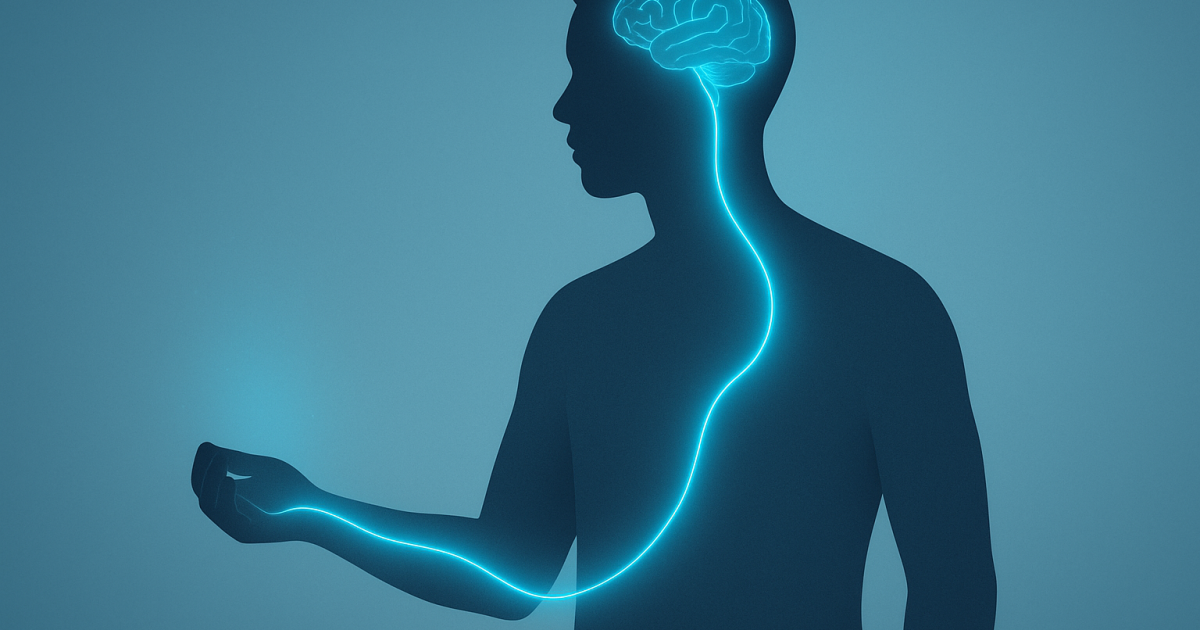We’ve long known how the nerve endings in our skin detect cold and swiftly relay the information to our brains, but we haven’t understood exactly how it works. Scientists have now solved the puzzle, unlocking the mystery of this temperature pathway.
University of Michigan (U-M) researchers set out to investigate how the sensation of enjoyable coolness on our skin is signaled to the brain, hypothesizing that there might be an unknown “wiring route” that relays the message – one separate from other sensory signals like pain, heat and extreme cold.
And while we’ve known that nerve endings in the skin – TRPM8 sensors – can detect these pleasant cool temperatures, scientists hadn’t yet worked out just how those messages got to the brain, uninterrupted by other sensory neuronal firing information to where it’s processed and understood.
Now, for the first time, scientists have discovered the complete skin-to-brain neural circuit specifically for cool temperature sensory processing. In their mice study, the researchers found that this circuit senses pleasant coolness through the skin and amplifies the signal in the spinal cord on the way to the brain.
“The skin is the body’s largest organ,” said senior author Bo Duan, an associate professor of molecular, cellular, and developmental biology at U-M. “It helps us detect our environment and separate, distinguish different stimuli.”
“There are still many interesting questions about how it does this, but we now have one pathway for how it senses cool temperatures,” he added. “This is the first neural circuit for temperature sensation in which the full pathway from the skin to the brain has been clearly identified.”
The cool signal activates when the skin is exposed to temperatures of around 59 to 77 °F (15 to 25 °C). Then, primary sensory neurons are excited, relaying this new information to the spinal cord. Which is where a unique amplification of the signal plays such a pivotal role in the fascinating sensory circuit.
In mice, the skin’s TRPM8⁺ sensors speak quietly in response to the coolness, then Trhr+ spinal interneurons act as a kind of pre-amp that boosts this cool-only signal. Calcrl+ projection neurons then carry that clean, amplified “cool” signal up to the lateral parabrachial nucleus (lPBN) – a cluster of neurons in the upper brainstem – without any signal interference from other messaging conveying information about things like pain, itch or heat.
When researchers silenced the spinal “pre-amp,” the cool channel went silent.
The team made this discovery through advanced imaging techniques and electrophysiology to observe how the rodents transmitted the sensation of cool temperatures from skin to brain.
“These tools have allowed us to identify the neural pathways for chemical itch and mechanical itch previously,” Duan said. “Working together, the team identified this very interesting, very dedicated pathway for cool sensation.”
And while the discovery centers on how mice feel pleasant coolness, genetic sequencing shows a parallel with human biology, so the scientists expect we also have the same pathway from skin to brain.
Now, the team hopes to examine whether acute cold pain has its own distinct pathway, and whether this could be manipulated to help relieve medical conditions associated with this more unpleasant sensory experience.
“I think the painful sensations are going to be more complicated,” Duan said. “When we’re in riskier situations, there could be multiple pathways involved.”
The researchers also pointed out that more than 70% of chemotherapy patients have experienced pain from cool temperatures. So better understanding these cool and cold pathways could potentially provide new ways to block this amplified signaling to the brain.
The study was published in the journal Nature Communications.
Source: University of Michigan

